Cara Buchan and Glyn Utting of WYG share their experience of disaster recovery planning when they joined a UK NGO to aid the recovery of a Nepalese community following the 2015 earthquakes.

In recent years, there has been recognition of the lack of sufficient construction expertise in the planning stages of long term disaster recovery in the developing world. This is partly due to the fact that when western consultants are deployed to disaster affected areas, their role can vary hugely and many want to be hands on and impart knowledge of western construction methods. From our experience following the 2015 earthquakes in Nepal, this approach isn’t always in the best interest of the local population or indeed appropriate for their own construction industry.
After the earthquakes struck, we were approached by a UK NGO (non-profit organisation), Community Action Nepal (CAN), to provide technical assistance with the reconstruction of over 30 buildings including health posts, schools and porter shelters. We travelled to Nepal and undertook damage assessments to create a realistic programme and budget. It was evident from our first visit that CAN lacked the experience and expertise to successfully manage the reconstruction programme through to completion and would continue to need technical assistance beyond the project’s completion.
Mountaineer Doug Scott established CAN to support community driven, grass-roots projects that help remote Himalayan communities become more sustainable. With this ethos in mind, it became clear that the project’s success would be determined by the ability of CAN, and the communities they support, to recover from future earthquakes independently.
We knew the performance of the vernacular stone masonry construction could be improved under seismic loading with the correct details and good quality workmanship. This would utilise local building materials and construction skills and provide training for locals in the reconstruction of their own homes. However, it would not help CAN in the long term if the designs and project management was delivered on their behalf solely by a UK consultant.
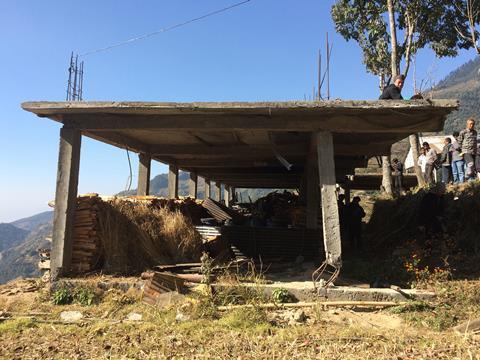

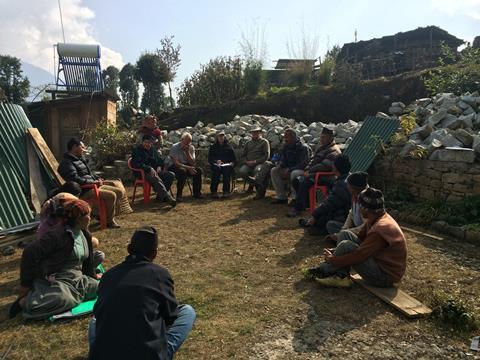
CAN therefore needed to build an in-house construction team of engineers and overseers to see the programme through to completion. We seconded into CAN Nepal for two months to establish a team and understand CAN’s resources and operations and their potential impact on the reconstruction. Our role therefore evolved from providing hands on technical services, to high level programme management and quality assurance. We were confident in our approach to the reconstruction programme, but we were naïve to the challenges we would face in the delivery.
Decades of influence of western construction has created a concrete jungle in Kathmandu, and its influence has spread into the rural villages. Despite reinforced concrete (RC) buildings also suffering significant damage, there was a presumption in many areas that RC buildings are safer, which was reinforced by seeing other INGOs construct RC buildings nearby.
A key challenge was therefore agreeing a construction method that honoured the ethos of CAN and the project. Stone masonry construction would utilise local materials, and preserve vernacular architecture and construction skills, but some local communities were specifically requesting RC construction. If we went against their wishes, would they contribute and take ownership of a project built with a construction method they clearly didn’t want?
With many losing family members under the collapse of stone masonry buildings during the earthquake, we were sympathetic to the community’s fears of rebuilding with the same materials. However, knowing that RC buildings are only safer under strict quality control conditions that are difficult to achieve in remote locations, any damage to RC buildings in future earthquakes would be extremely difficult for locals to repair or rebuild safely on their own.
To preserve traditional building methods, time was taken to reassure the locals that their traditional buildings could be as safe as an RC building. Talking through the pros and cons of each construction type helped to make sure locals understood the objective to reduce loss of life and how this could be achieved with stone masonry construction. It was important that the team left each village with a proposal that was mutually agreed between CAN and the local community.
The difference in the concerns and risk appetite between each village was surprising, as was the level of resistance from some villagers when the relocation of a building was required due to other hazards such as landslides. Again, spending time with the communities to understand their priorities and to make sure they understood our concerns was essential. However, two years later these conversations are still ongoing. Whilst the village understood the risks of the original site, relocation can cause other issues that can impact day-to-day life and, in some cases, these were much more important to the village. But imposing relocation or construction methods on a village was not part of our role. This attitude and approach could risk the building being underused and create a negative relationship between CAN and the village, who may end up not contributing to the running of the facility and eventually take full ownership of it.
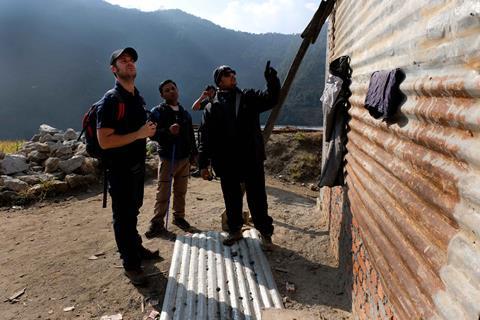
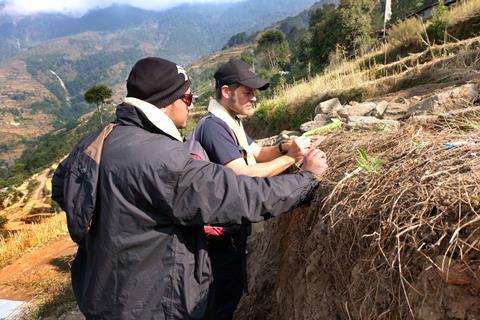
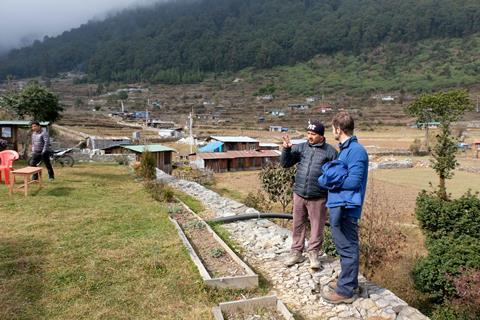
Our role was to ensure that, through the CAN team in Nepal, the locals understood the options available to them and the benefits and risks of each option. When an option was mutually agreed, any possible mitigation measures were implemented, and the residual risks were clearly recorded, understood and accepted.
The project highlighted that the role of construction experts stretches much further than the building process. The legacy should be judged on how local and/or national technical expertise is strengthened, with recovery driven by the local community and supported by construction experts. Where international experts are engaged in the recovery establishing the right level of internal or local expertise to drive the programme forward is crucial. It is the job of external experts to provide guidance and share our knowledge; not do it all ourselves.
We should also be mindful that one size rarely fits all. Model designs should only be considered a starting point and should be adapted to suit local culture, the site itself and, the needs of the community. These can only be fully understood by engaging with the local community and taking the time to ensure their opinions are not just heard but incorporated into the delivery of the project.
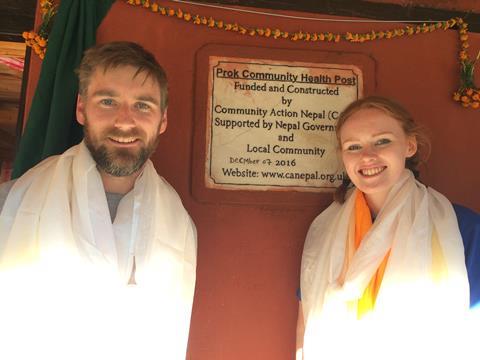
Postscript
Cara Buchan is a senior architect at WYG and Glyn Utting is associate programme manager at WYG

























No comments yet